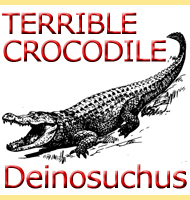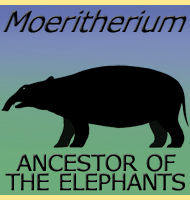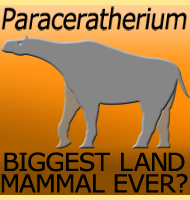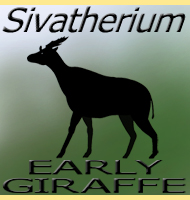


Sinomastodon
Name:
Sinomastodon
(Chinese mastodon).
Phonetic: Sy-no-mas-to-don.
Named By: H. Tobien, G. F. Chen &
Y. Q. Li - 1986.
Classification: Chordata, Mammalia,
Proboscidea, Gomphotheriidae.
Species: S. intermedius
(type), S. hanjiangensis, S. sendaicus, S.
bumiajuensis, S. praeintermedius.
Diet: Herbivore.
Size: Depending upon species, body length between
3.6 and 5.3 meters.
Known locations: China. Indonesia. Japan.
Time period: Late Miocene to early Pleistocene.
Fossil representation: Partial remains of numerous
individuals.
Sinomastodon
is a genus of elephant that lived in Asia between the Miocene and early
Pleistocene.
Further reading
- Mastodons (Proboscidea, Mammalia) from the LateNeogene and
Early Pleistocene of the People’s Republic of China. -
HistoricalAccount. Mainzer geowiss, mitt., 15, pp.
119–181. - H. Tobien, G. F. Chen & Y. Q.
Li - 1986.
- The Dance of Tusks: Rediscovery of Lower Incisors in the
Pan-American Proboscidean Cuvieronius hyodon Revises Incisor Evolution
in Elephantimorpha. - PLOS ONE. 11 (1). - Dimila Moth�,
Marco P. Ferretti & Leonardo S. Avilla - 2016.
- An examination of feeding ecology in Pleistocene proboscideans from
southern China (Sinomastodon, Stegodon,
Elephas), by means of
dental microwear texture analysis. - Quaternary International.
445: 60–70. - Hanwen Zhang, Yuan Wang, Christine M.
Janis, Robert H. Goodall & mark A. Purnell - 2016.
----------------------------------------------------------------------------
Random favourites
 |
 |
 |




